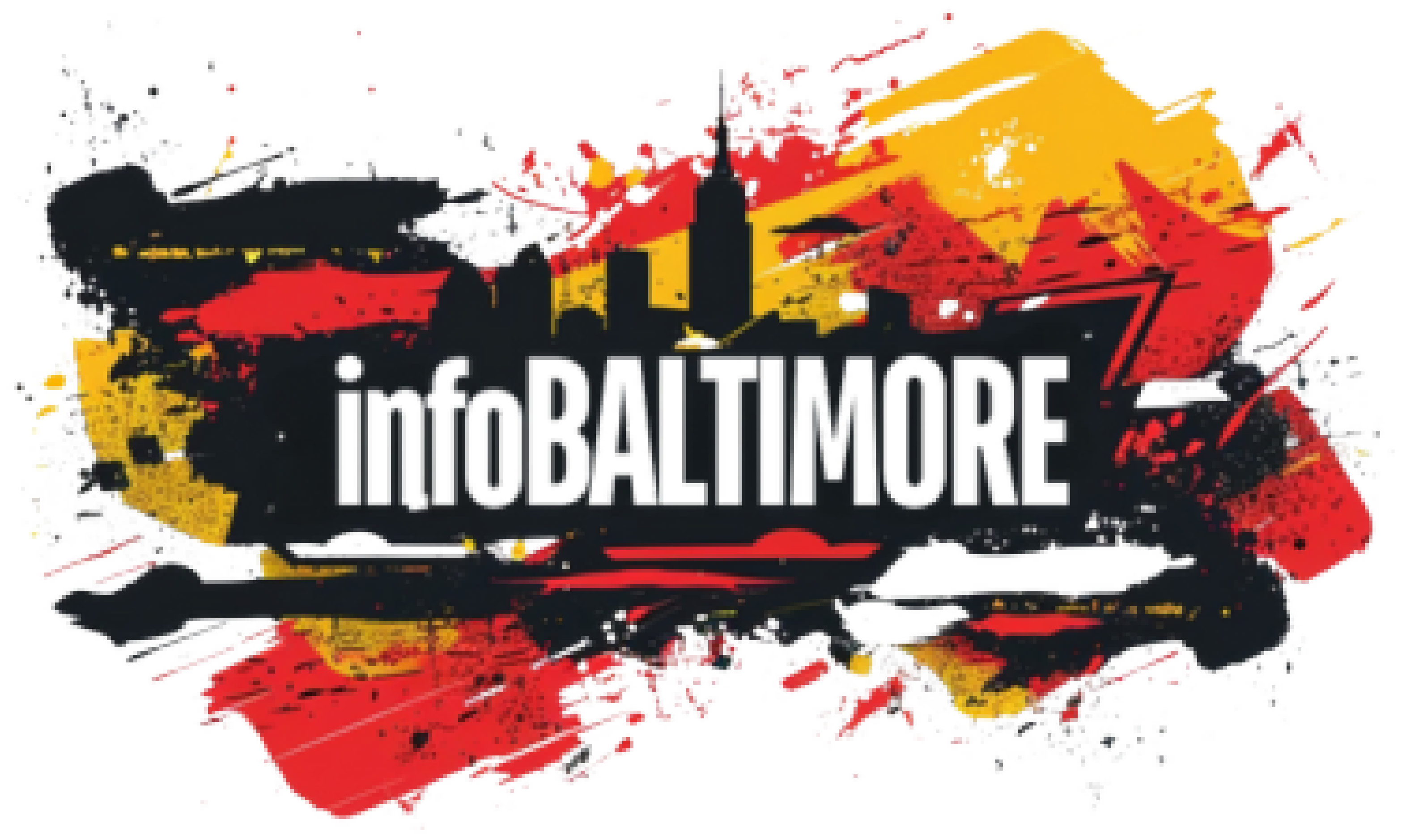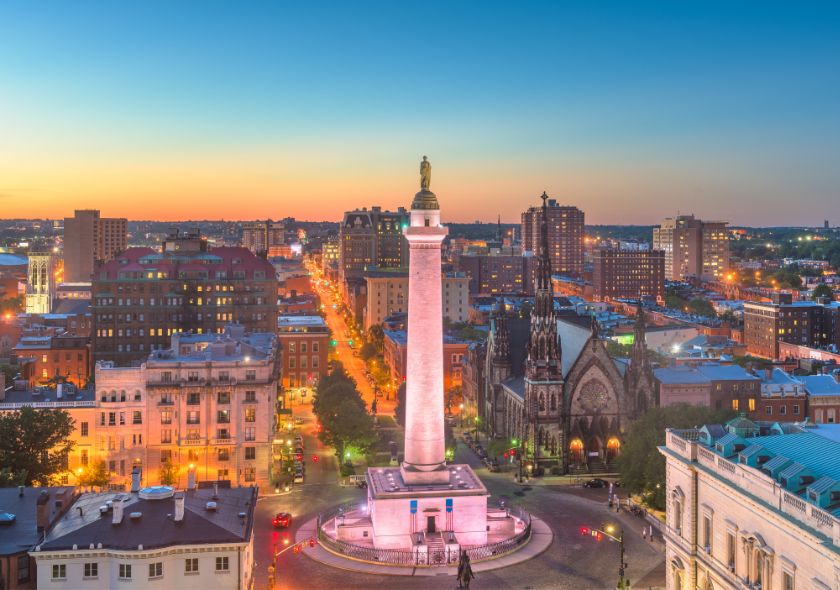
Moving to Baltimore Guide: Local Tips & Neighborhoods
Thinking about making the move to Baltimore? You’re not alone. Charm City has become a magnet for folks chasing opportunity, a fresh start, or just a more manageable lifestyle compared to its pricier East Coast cousins. As local who’s seen the city evolve, we can tell you Baltimore’s got grit, heart, and some serious personality. Explore this moving to Baltimore guide to know more about Baltimore
Whether you’re relocating for work, school, or just curious about what the city has to offer, this moving to Baltimore guide has you covered. From real talk on costs to neighborhood vibes, let’s dig in.
Why Consider Moving to Baltimore?
If you’ve ever asked, “Is Baltimore a good place to live?” the answer isn’t a simple yes or no. It depends on what you’re looking for. But for many, this city checks all the right boxes. It’s affordable (relatively speaking), loaded with character, and filled with micro-neighborhoods that each have their own flavor.
And location-wise? Baltimore sits in a sweet spot. Washington, D.C. is under an hour away. Philly’s not much further. Even NYC is doable on a weekend. So whether you’re commuting, traveling, or just want options, you’re well-positioned.
Cost of Living: What You’ll Really Pay
Baltimore is cheaper than most major East Coast cities, but it’s still a city so costs vary based on where and how you live. Let’s break it down.
Housing
Renting a one-bedroom apartment in a central neighborhood like Federal Hill or Canton will run you about $1,400 to $1,800 per month. Move a little farther out (think Hamilton or Lauraville), and you might snag a similar spot for under $1,100.
If you’re buying, rowhomes dominate the landscape. Prices range from $150K in up-and-coming areas to $500K+ in hot spots like Locust Point.
Utilities
Expect around $150–$200 a month for basic utilities in an average-size apartment. Add another $50–$100 if you’re in a single-family home or running central air.
Transportation
If you’re using a car, budget for gas, parking, and insurance roughly $300–$400/month. Public transit riders can grab a monthly MTA pass for around $77. Bonus: many neighborhoods are walkable or bike-friendly.
Groceries & Dining
Grocery costs align with national averages, but local farmers’ markets (like the one at 32nd Street) can offer deals and fresher options. Dining out? You’ll find plenty of affordable eats, from $3 crab pretzels to $25 upscale plates in Harbor East.
Best Neighborhoods in Baltimore
One of the hardest parts about moving to Baltimore is choosing where to live. Every neighborhood’s got its own vibe, and they’re all wildly different.
Federal Hill
Want views of the harbor, rooftop bars, and a short walk to Orioles games? Federal Hill is your spot. It’s a young, professional crowd think happy hours and brunch culture.
Canton
Canton feels like a city within a city. It’s got waterfront parks, a legit food scene, and that rare combo of lively nightlife and residential calm. Bonus: it’s easy to walk your dog, jog, or just lounge by the water.
Hampden
Weird in the best way. Hampden is all vintage shops, dive bars, and kitschy charm. Think “hipster with heart.” It’s great for artists, young families, and anyone who likes to keep it quirky.
Mount Vernon
Historic brownstones, museums, and an academic vibe (shoutout to MICA and Peabody). Mount Vernon is perfect for those who crave a cultured, walkable lifestyle.
Locust Point
This one’s having a moment. Locust Point mixes new condos with historic roots. It’s quiet, clean, and sits right on the harbor ideal for professionals or retirees.
Hamilton Hills
Further northeast, Hamilton is where you’ll find affordable homes and community pride. Local markets, art spaces, and a “neighborly” vibe dominate here.
Cedarcroft
This one’s for the family-minded. With its tree-lined streets and peaceful atmosphere, Cedarcroft offers suburban calm without actually leaving the city.
Getting Around: Transportation in Baltimore
You don’t have to own a car in Baltimore, but it helps especially if you live outside the core. That said, options exist.
- MTA buses and light rail: Decent coverage, especially for downtown and airport connections.
- Charm City Circulator: A free shuttle that loops through downtown, great for commuters and tourists.
- Bike/scooter share: Not as extensive as some cities, but growing.
- Walkability: Neighborhoods like Mount Vernon, Fells Point, and Federal Hill are super pedestrian-friendly.
Just a heads-up parking can be a pain, especially in Canton or Charles Village. Some streets require residential permits.
Jobs & Economy: Who’s Hiring?
Baltimore’s job market is more diverse than people give it credit for.
- Healthcare & biotech: Johns Hopkins is the city’s biggest employer and a major innovation hub.
- Education: Between Hopkins, MICA, and UMBC, higher ed is a big deal here.
- Government & defense: Fort Meade, NSA, and proximity to D.C. mean lots of federal jobs.
- Tech & startups: The local scene is growing fast. Areas like Port Covington are attracting new ventures.
Job seekers will find plenty of opportunity, but networking helps. Get plugged in early through sites like InfoBaltimore or local coworking events.
Schools & Education
If you’ve got kids or are thinking long-term school options matter. Baltimore has a mixed reputation here, but let’s get specific.
- Public schools: Some are great, others… not so much. The best tend to be in districts like Roland Park or Locust Point.
- Charter & magnet schools: There are a handful of standout options (City College, Baltimore Polytechnic Institute).
- Private schools: Calvert, Friends School, and Gilman are top-tier if your budget allows.
- Colleges: Hopkins, University of Baltimore, Loyola, MICA… the list goes on.
Do your homework. Real estate agents and neighborhood groups often have the real scoop.
Culture, Vibe & Things Locals Know
Baltimore’s the kind of city that takes a little while to open up but once it does, you’re in. Here’s what makes it special.
- The food: Crabs are king, but don’t sleep on pit beef, Berger cookies, or chicken boxes.
- The art scene: Galleries, street murals, DIY shows. Baltimore punches way above its weight culturally.
- Sports: Ravens fans are ride-or-die. Camden Yards is one of the best ballparks in the country.
- Events: Artscape, HonFest, Light City. Every season brings something weird and wonderful.
Tips for a Smooth Move
Let’s be real. Moving anywhere is stressful. But here are a few tips to keep you sane.
- Visit before you move: Spend a weekend walking different areas, talking to locals, and feeling the vibe.
- Use local services: Companies familiar with Baltimore can navigate tight rowhouse streets and parking quirks better than national movers.
- Check zoning/permits: Some areas require parking permits or have odd trash schedules—best to know upfront.
- Join local groups: Whether it’s a Facebook group or a meetup, getting involved will make your transition way easier.
Let’s Bring It Home
So, is Baltimore a good place to live? If you’re looking for a city with history, heart, and neighborhoods that actually feel like communities then yeah, it absolutely is.
It’s not perfect. There’s real talk to be had about public schools, crime in certain areas, and city politics. But every city has its quirks. What sets Baltimore apart is its resilience, creativity, and the way people show up for each other.
From the food scene to the friendly neighbors and the harbor views, moving to Baltimore can be one of the best decisions you’ll ever make if you know what to expect.
Ready to make Charm City your next chapter? Start your search at InfoBaltimore and explore the neighborhoods that fit your vibe.


